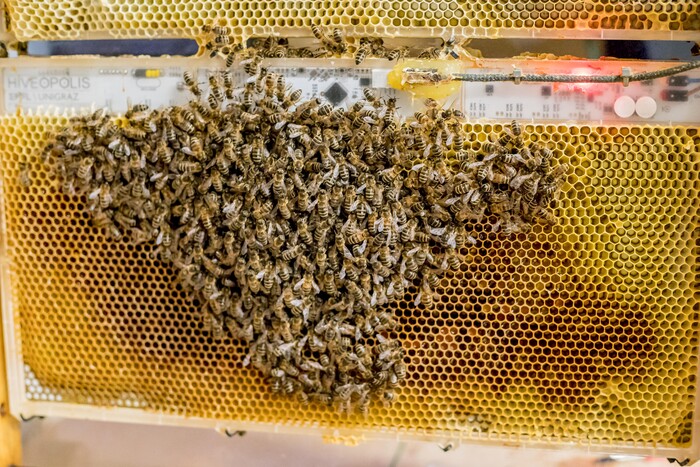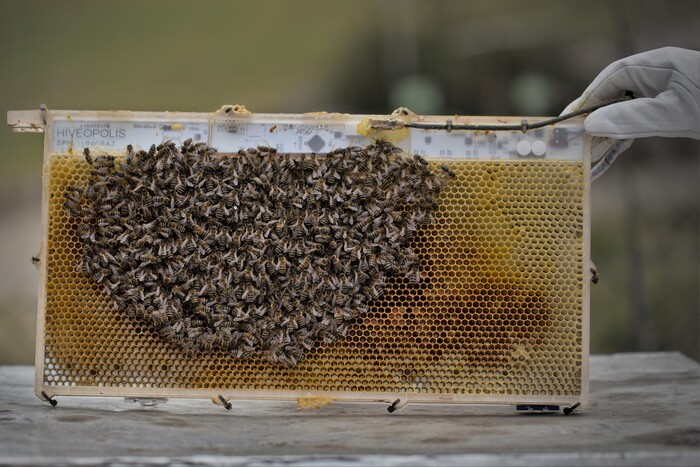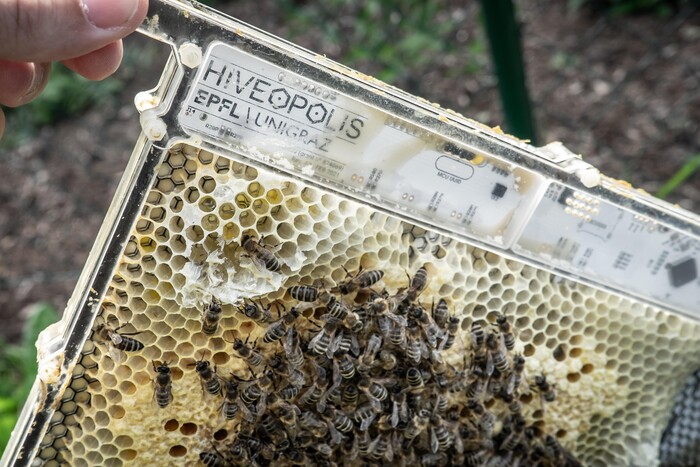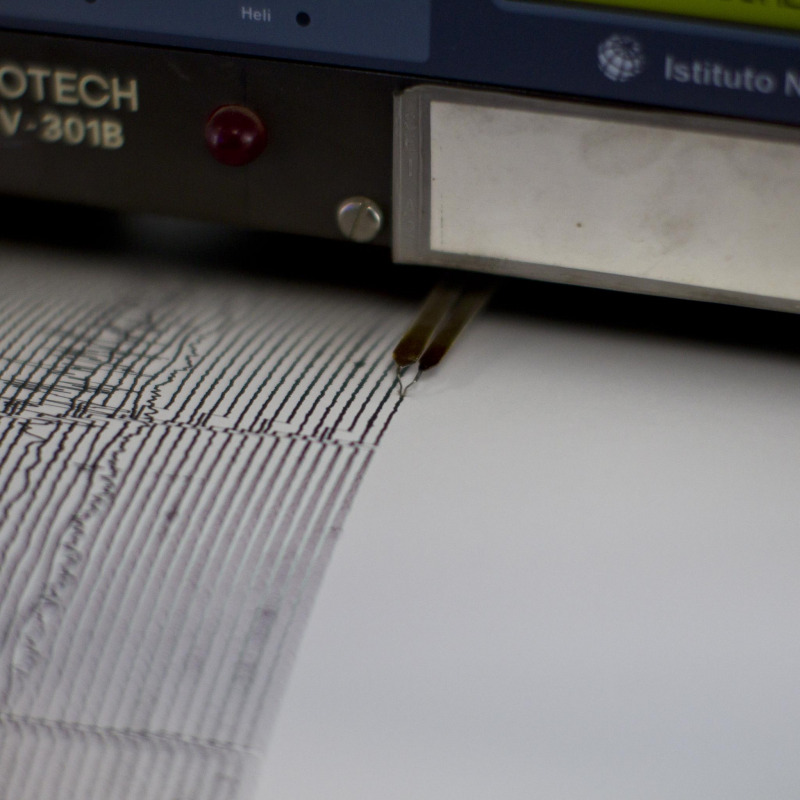The research project, led by Rafael Barmak of the Lausanne Polytechnic, has been published in the Science Robotics journal. It marks the start of an important alliance between robots and animals, says Donato Romano of the BioRobotics Institute of the Scuola Superiore Sant'Anna at Pisa, in a focus piece published in the same edition of the journal.
The interaction between animals and robots, the expert observes, may create new solutions for the conservation of biodiversity and the promotion of sustainable technologies for managing the environment. The robotic beehive is able to monitor life in the bee colonies and interact with them.
"Barmak and his colleagues have taken advantage of the bees sensitivity to temperature in order to develop a robotic beehive capable of thermally interacting with the colonies of Apis mellifera carnica", Romano observes. In particular, the robotic beehive took its cue from the collective behaviour that enables the bees to survive the cold and maintain a temperature threshold that allows them to be active. They gather, in other words, in a compact structure called a 'glomus', a ball-shaped mass inside which an optimal microclimate is created for the bees.
The robotic beehive "has been used to observe the colony, gathering the thermal profiles of the glomus of bees for long periods", explains Romano. This, he says, "has permitted biohybrid interaction with the bees, exerting a minimally invasive influence on the architecture and structure of the nest".











Caricamento commenti
Commenta la notizia